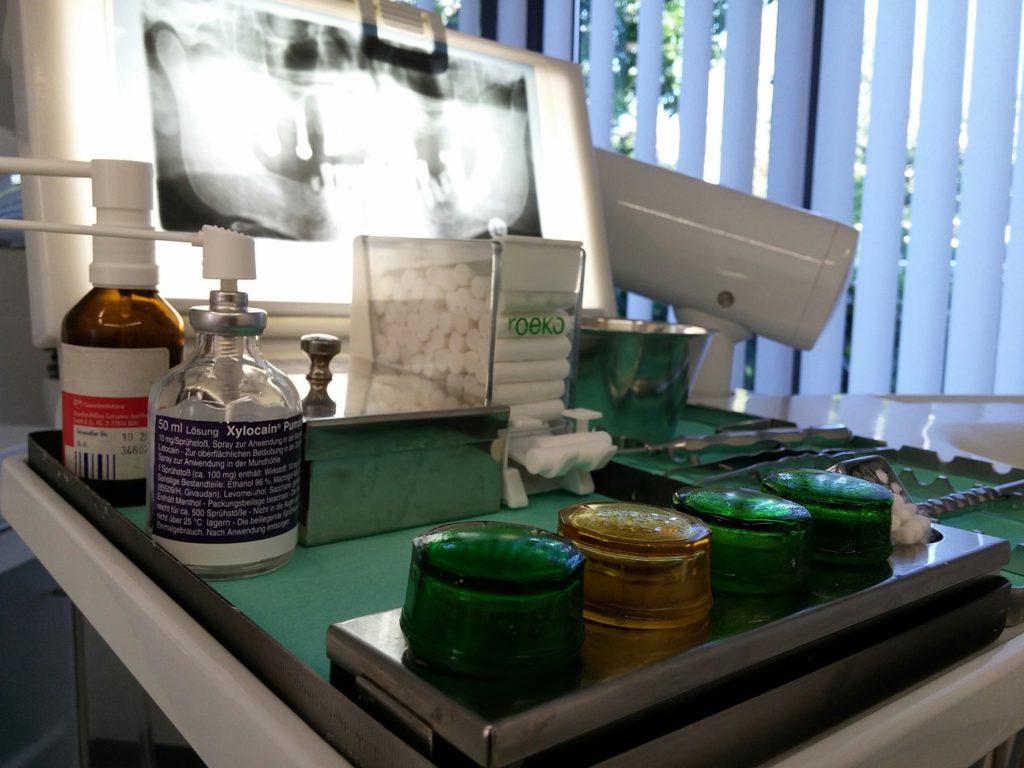A review articled carried out by the Cochrane Database of Systematic Reviews titled “Injectable local anaesthetic agents for dental anaesthesia (Review)” written by St. George et al. in 2018 (no. 7, art. no. CD006487) explored the success of local anesthetics used by dentists. Procedures in dentistry that use local anesthetics include endodontic treatment, placement of restorations, and extraction of teeth. The researchers wanted to determine if one form of anesthetic worked better than others in different scenarios.
The researchers defined success for an anesthetic based on the absence of pain during the procedure. They sought out to also explore the speed of onset and duration of anesthesia as well as the systemic and local adverse effects. The researchers had a very thorough search that resulted in 123 studies which was later reduced down to 68 studies and compared 14 different types of injectable anesthetics.
The comparisons the researchers settled on making only accounted for the absense of pain during the procedure for the anesthetic. The researchers found four parallel studies that showed for posterior teeth with irreversible pulpitis requiring root canal treatment 4% articaine,1:100,000 epinephrine was superior to 2% lidocaine, 1:100,000 epinephrine. The researchers found two parallel studies that showed for teeth and dental tissues requiring surgical procedures 3% prilocaine, 0.03 international units felypressin was inferior to 2% lidocaine, 1:100,000 epinephrine. The researchers also found many comprisions were it was not clear which injectable anesthestic was better. This included a comparison between 0.5% bupivacaine, 1:200,000 epinephrine, 4% articaine, 1:200,000 epinephrine, and 2% lidocaine, 1:100,000 epinephrine for teeth requiring extraction. The researchers also could not determine any differences on the success of 2% mepivacaine, 1:100,000 epinephrine and 4% articaine, 1:100,000 epinephrine for for teeth requiring extraction. The researchers also noted that 2% lidocaine, 1:100,000 epinephrine probably resulted in slightly less post-injection pain than 4% articaine, 1:100,000 epinephrine .

The researchers noted that additional studies are needed to better determine the conclusions they researched. The noted that they included studies that had an unclear risk of bias and 15 that had a high risk of bias and ideally studies should have low risk of bias. The researchers also noted that some studies had a small number of participants which causes issues with an adequate sample size for statistical analysis. Furthermore some of the studies were not in a format that allowed for meta analysis. The authors also feel that better reporting of randomized controlled trials is required as in many cases the actual reporting method used such as a coin toss or a computer program was missing information from the study. The authors additionally noted that they encountered some studies were authors reported mild pain as successful but they feel that no pain should be the goal during dental treatment with anesthesia. Yet another issue the authors noted in prior studies was the use of trials with simulated scenario studies that tested healthy pulps with an electric pulp tester. The authors said an issue with this approach was that clinical anesthesia may be present at values less than a maximum pulp tester reading, which is a common criterion for success.
